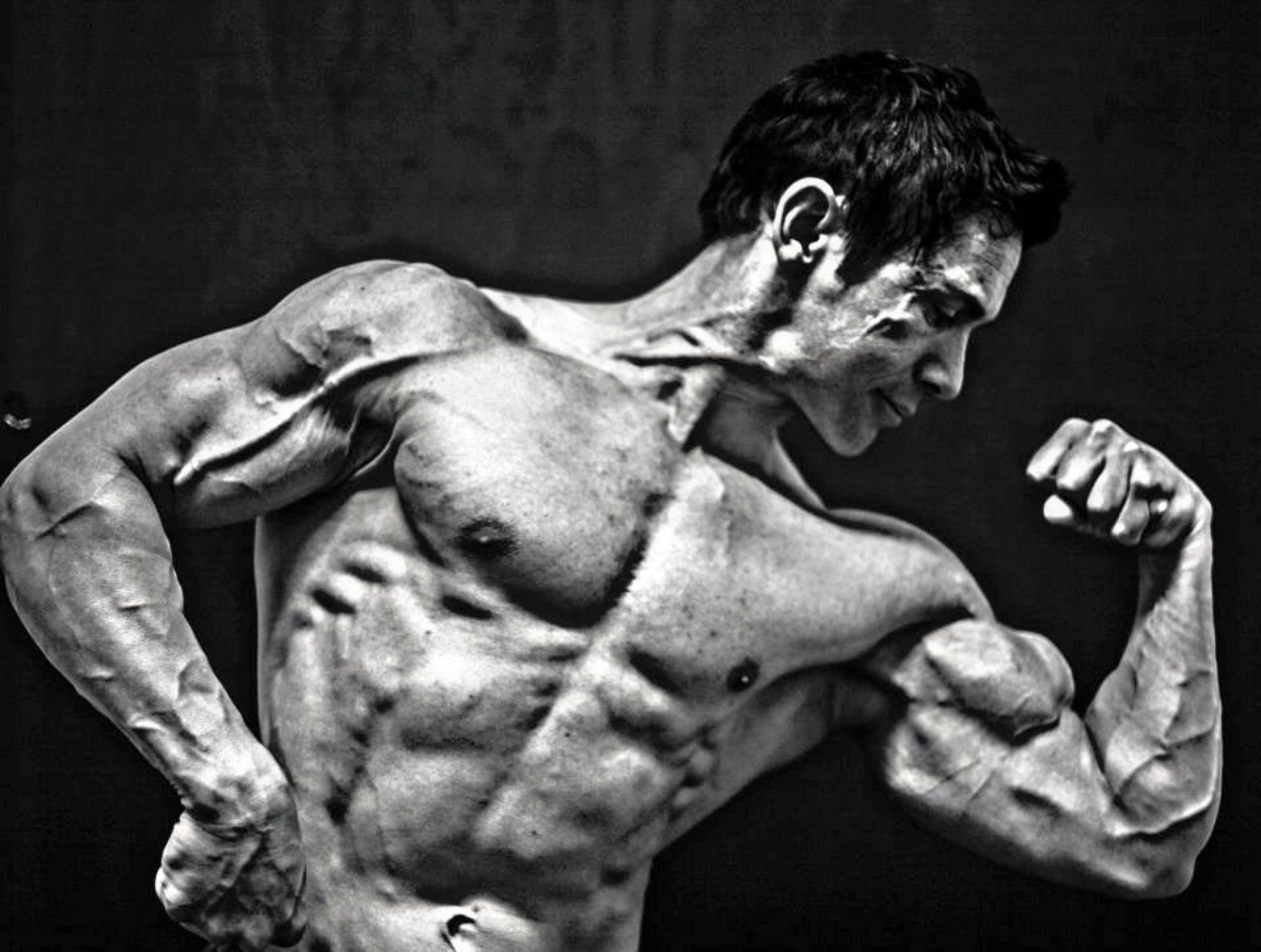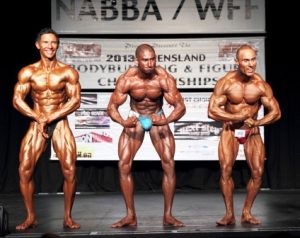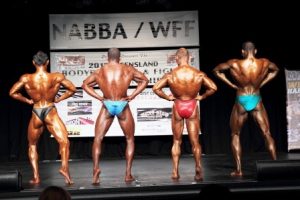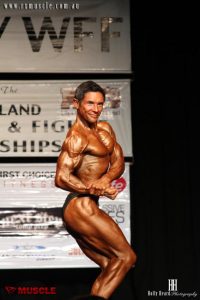Whey protein concentrate is one of the most popular food supplements for putting on muscle and losing body fat for bodybuilders, athletes and fitness enthusiasts alike. I personally have seen and felt the many benefits of incorporating whey. But why is it so good for us? Below are 10 reasons why whey is a beneficial supplement that should be part of your diet.
- Whey contains all the essential amino acids needed for muscle growth and repair. It can contain as much as 7 grams of BCAAs per serving too.
- Whey has one of the highest amounts of leucine with 8 g per 100g (an important amino acid that has been shown to increase protein synthesis and minimise muscle break down). The amount to maintain muscle mass is around 1-3 grams daily. Ori Hofmekler (the warrior diet creator) suggests that at least 8 grams of leucine daily will optimize its anabolic effects; this equates to around 3-4 servings of whey protein concentrate a day.
- Whey protein has minimal amounts of lactose compared to milk so it can be a healthy alternative for people who suffer from milk, casein or lactose intolerance. I personally cannot drink milk for that very reason but can easily digest whey.
- Whey protein can help control and optimise insulin secretion which means better use of nutrients, increased energy levels, increased fat loss and improved appetite control.
- Whey protein contains immunoglobulins which are basically antibodies that can be used to keep our immune systems strong and healthy so we can fight against bacteria, viruses or even cancer cells.
- Glutathione is a powerful antioxidant that is formed from a combination of three amino acids found abundantly in whey protein; cysteine, glycine and glutamine. This can help your body defend against free radical damage and eliminate toxins.
- Whey protein is a cost effective way of meeting your protein needs to gain muscle mass. I personally need at least 1.5-2 grams of high quality protein per kilo of lean body mass a day to recover and grow from my training. This would be nearly impossible to reach with a whole food diet, especially since I am blood type A with limited abilities to digest meat- so 4 servings of whey with one serving of meat a day allows me to hit my protein target.
- Sarcopenia is a term given to people who suffer from a decline in hormonal out-put and muscle mass after a certain age. Whey protein concentrate in conjunction with a resistance training programme can improve muscle size, strength and body fat loss as we get older.
- Research published in the ”International Dairy Journal” suggests that supplementation with whey protein has important health benefits such as reducing high blood pressure, the chances of having a stroke and heart disease.
- The good news is that whey protein supplementation and all its benefits can be utilised by both males and females of any age!
Although this is not a complete list of all the benefits whey can provide us with you can see why whey can be an important player in helping us achieve our health and fitness goals. So if your training and dieting are on point and progress has plateaued consider whey as a way forward!



